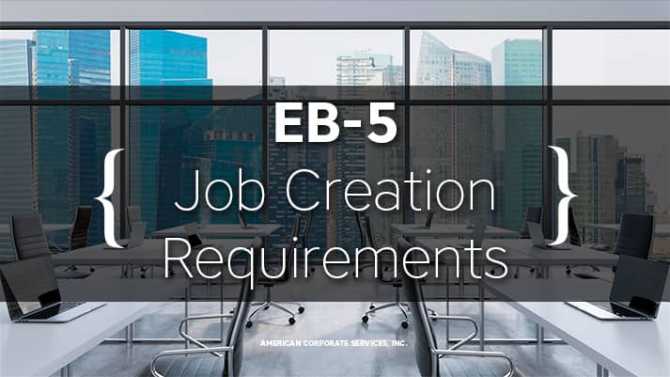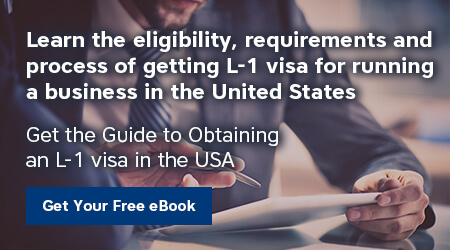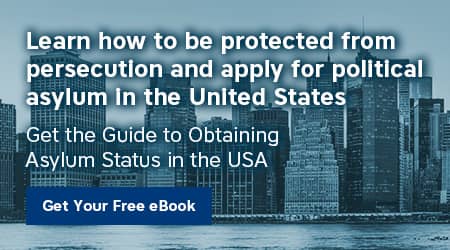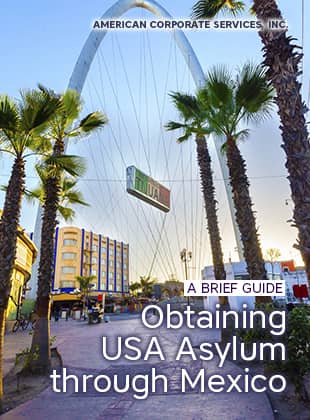The EB-5 entrepreneurial business visa was introduced in 1990 for the express purpose of stimulating the U.S. economy by using private foreign investments as capital expenditures to create jobs.
The EB-5 Direct Investor Visa program is still in effect and is not in danger of being eliminated. Should the U.S. Congress fail to extend the EB-5 Regional Center program, the Direct Investor program will remain.
Direct investors are required to:
- Invest USD 1 million that was proven to be lawfully sourced.
- Or, alternatively, invest USD 500,000 in a lawfully designated Target Employment Area (TEA). A TEA was defined primarily as a rural area or an existing area where the jobless rate was 50% higher than the national average.
- Invest in a new commercial enterprise that creates 10 new, full-time jobs.
- Have their funds entirely at risk (just as any business owner would).
- Be involved in the management of the enterprise.
This is the second in a series of articles that will address and clarify the EB-5 Direct Investor Visa program. Our previous article explained “new commercial enterprise.”
What Are the Job Creation Requirements for EB-5 Direct Investors?
Simply stated, the job creation requirement is the same for both Direct and Indirect EB-5 Investors. While Indirect Investors participate in the Regional Center Program in which their funds are pooled to provide funds for major, multi-million dollar projects, 10 new jobs must be created per investor. That rule is the same for the original EB-5 Direct Investor Visa program. Each individual investor must participate in funding a new commercial enterprise that creates at least10 new full-time jobs for “qualifying employees.”
The USCIS defines a qualifying employee as:
- A U.S. citizen, or
- A lawful permanent resident (Green Card holder), or
- Any temporary or conditional resident who is legally authorized to work in the U.S.
The job creation requirement count may not include investor, his family, or foreign nationals working in the U.S. under an employment visa program.
Just as the investment is direct to the new commercial enterprise, so must the 10 new jobs be direct employees of the new commercial enterprise. The new job must provide for a minimum of 35 hours per week for a minimum of two years. During this two-year period the EB-5 investor and family members are granted conditional permanent residence.
Ninety days prior to the end of the two-year period, the investor may file an I-829 Petition by Entrepreneur to Remove Conditions. The investor must be able to provide evidence that the job creation requirement has been fulfilled. The investor will be expected to submit I-9 forms, payroll records, and copies of tax payments as evidence of meeting the job creation requirement.
If you have questions, we have answers. Contact us. We are here to help you.
.









